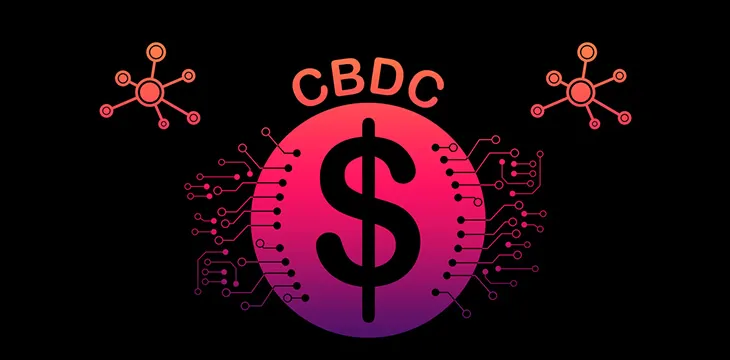|
Getting your Trinity Audio player ready...
|
The Digital Dollar Project will launch its Technical Sandbox Program in October.
Today we announced the launch of our Technical Sandbox Program. If you are interested in exploring the implementation of a US #CBDC in a tech-neutral environment, join us for future cohorts! Diverse perspectives are critical for testing CBDC design choices https://t.co/80CYIMwPvL
— The Digital Dollar Project (@Digital_Dollar_) August 31, 2022
“The launch of our Technical Sandbox Program marks the next step in our effort to convene the private and public sector in exploration of a central bank digital currency in the U.S.,” said Jennifer Lassiter, executive director of The Digital Dollar Project.
“We understand how important it is to include a diverse set of views and expertise as we look to answer key questions about how the technology could work, the problems we hope to solve, and the ultimate business and individual outcomes we want to achieve. The marriage of these sectors in our collaboration is essential and will lay the foundation for robust pilots that improve the outcomes and usability of CBDCs,” she added.
The program will focus on cross-border payments and explore technical implementations of a CBDC and its various aspects, such as design decisions, the impact CBDCs will have on business operations and strategies, and potential use cases. To accomplish this, Digital Dollar Project (DDP) will work with its partners, participants, and financial service providers to discover product market fits for a CBDC in the United States.
“The Digital Dollar Project is excited to bring a broad array of industries and technical experts together to define desired outcomes and explore a wide range of technical design choices in relation to a U.S. CBDC,” said Lassiter.
“The results of which will focus on answering critical questions around the impact of a potential U.S. digital dollar. Our Technical Sandbox Program offers the perfect environment to test CBDC hypotheses in a neutral setting with real-world problems for consideration,” she further explained.
Central bank digital currencies
The DDP’s approach to researching and developing a CBDC is unconventional compared to most central bank digital currency efforts made in global markets. Most central banks around the world acknowledge that CBDCs will most likely be used in one of two ways; (1) they will be used for interbank settlements by incorporating a blockchain into the operations that central banks already carry out with commercial banks; (2) or they will be consumer-facing and will allow citizens and residents to have a bank account directly with the central bank, which is something that currently isn’t possible.
However, the DPP’s efforts revolve around digitizing the dollar and using the blockchain as a payment rail to increase efficiency more than they involve introducing a blockchain to a central bank’s operations and giving a country’s residents the ability to bank directly with the central bank.
If you are interested in participating in the DDP’s technical sandbox program or being a partner or financial services provider for the R&D phase of this project, you can apply at the Digital Dollar Project’s website.
And if you’re want to learn more about central bank digital currencies and the various ways they can be used by banks and consumers, check out nChain’s recently released CBDC Playbook.
Watch: The BSV Global Blockchain Convention presentation, CBDCs and BSV

 07-15-2025
07-15-2025 





